Science Museum: What was your first impression of Antarctica?
Jonny Keeling: It was an amazing journey. We sailed from Ushuaia at the bottom of Argentina through an incredible storm with waves about ten meters high for two days. My first impression of seeing land having been thrown around on a boat, feeling like I was a weightless astronaut, was a sense of relief.
It was like something I’d never seen before, where there’s no sign of humanity at all and just literally hundreds of whales. Whale after whale and penguin after penguin and full of wildlife and these beautifully sculpted icebergs. It genuinely felt like we’d arrived on another planet.
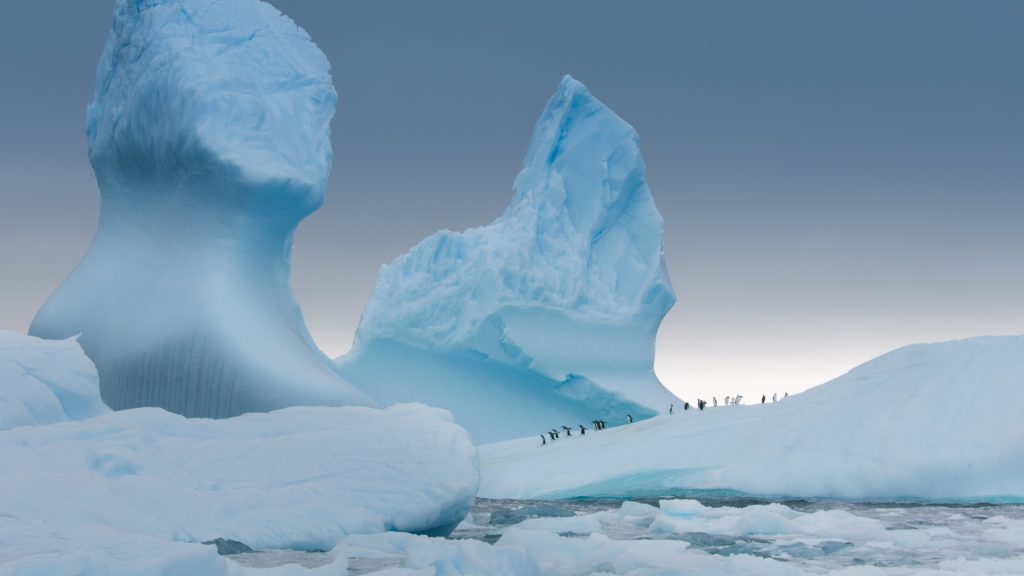
SM: What surprised you the most about the icy continent?
JK: I think it was just the amount of wildlife. You look out from the side of the boat and there are killer whales, minke whales, humpback whales, sei whales – and then pods of penguins swimming as well. It was a constant stream of animals.
When we went to film with leopard seals, there were just thousands upon thousands of penguins. And what I loved as well is that they aren’t afraid of us at all. You go to so many places in the rest of the world and animals run away or they’re scarce, and actually in Antarctica, there are penguins sat right next to you. It means it’s great for the giant screen because you can get really nice and close and it makes it feel intimate, like you’re really there.
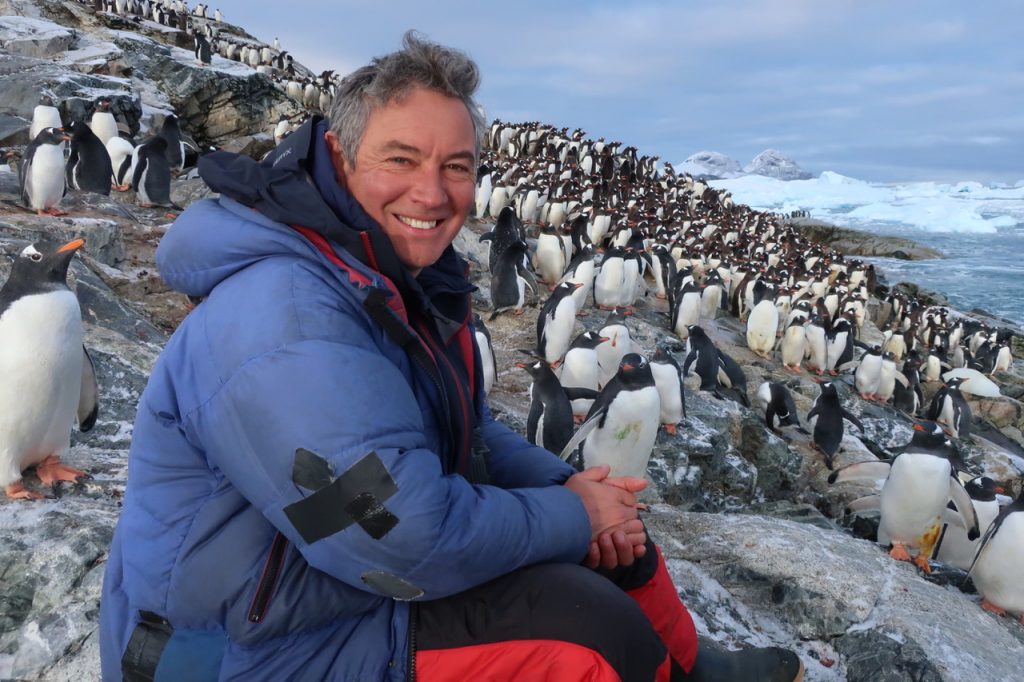
SM: Can you share some of your most memorable moments from the film shoot?
JK: We were working with some Argentinian scientists who were the most hospitable, friendly people. They fed us, played music, danced with us – we were all in our full Antarctic gear with boots and everything, and we would dance with them in the evenings, so that was a wonderful memory.
And of course, the memory of all the penguins when all the chicks had grown up and shed all their fluffy feathers and they all walk down to the sea for their first swim. They’re sat next to you waiting to go in and then some of them fall a sleep maybe a couple of meters away, so trusting. That’s a really sweet moment and it makes it all the harder when they then jump in the ice sea and they’ve got to somehow escape the jaws of a massive leopard seal.
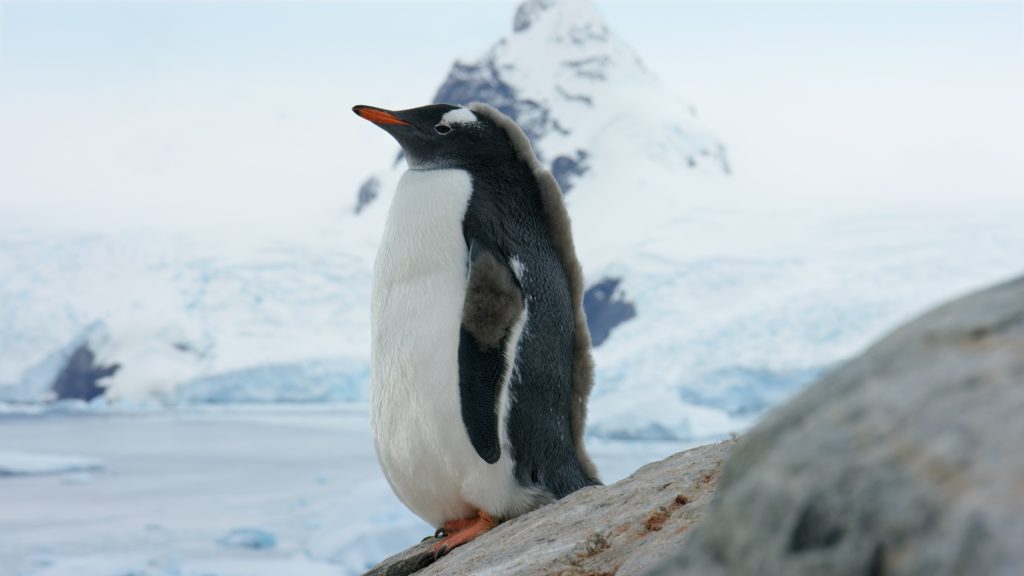
SM: Were there any amazing moments of animal behaviour that you witnessed?
JK: One incredible animal moment where I suddenly thought, ‘OK, that’s in the film’: when a penguin manages to escape the jaws of a leopard seal and climbs onto an iceberg. The leopard climbs up onto the iceberg after it and is inching closer. The poor little penguin is just exhausted.
And this was happening right in front of us!
The leopard seal has its mouth open and the penguin is leaning forward and trying to peck this huge predator to get it away. Imagine a 30-centimetre-high penguin and a three-metre-long leopard seal – it’s completely David and Goliath! It was so brave and… well, I won’t spoil it, you’ll have to see the film.
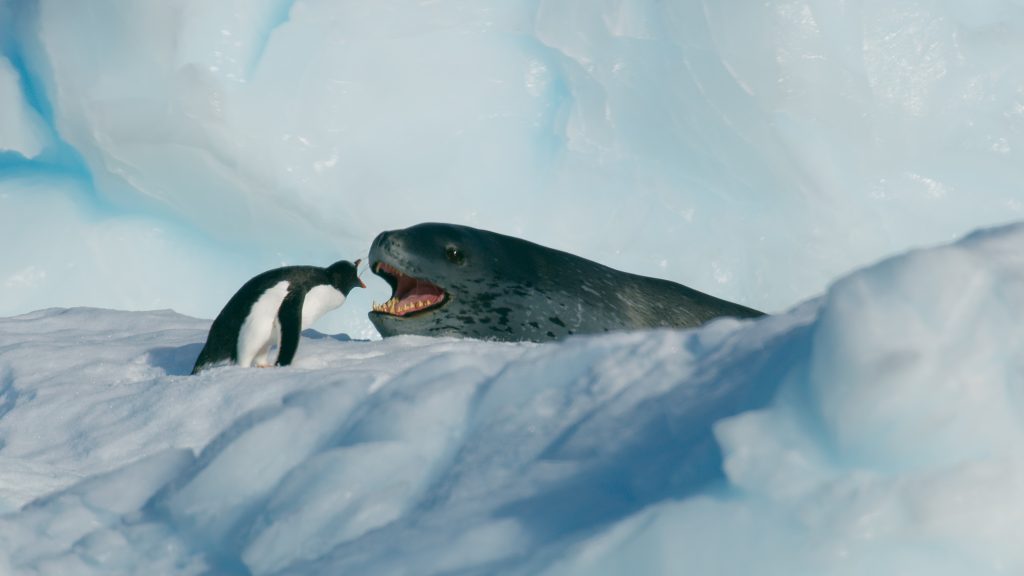
SM: What was the biggest challenge of filming in Antarctica?
JK: It’s about the most mindful thing you can do to be sat on a coastline where no one else is and you’re watching penguins, waiting for some behaviour to happen. There is nothing challenging about it, it doesn’t matter that it’s cold or windy or that it’s snowy. I just found it really fascinating to sit from morning until evening, to watch and observe and then to capture it and turn it into engaging images for an interesting and inspiring story – that’s about as good as it gets.
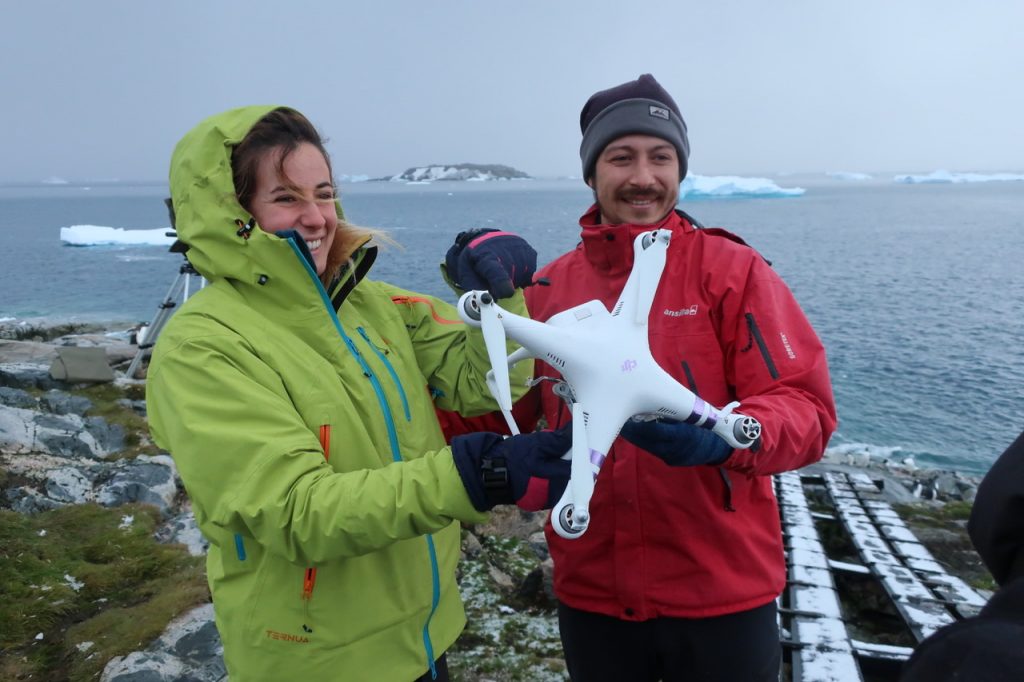
SM: One of the main themes in the film is how what happens in Antarctica affects us all, even though the vast majority of us will never visit the continent. Can you explain a bit more about this?
JK: This is something that only came to light while we were making the film. We realised that actually Antarctica may be so far away and so remote but what happens there affects all of us, because all the life in the southern oceans and oceans themselves absorb, trap and lock away so much carbon – more than double that the Amazon rainforest does every year.
We’ve also got an amazing sequence in the film of hundreds of whales and you realise that these whales in the last 40 years since commercial whaling was largely banned in the 1980s have made a terrific come back, and the amount of carbon that they trap is so important. If these whales weren’t there, the oceans wouldn’t be healthy, carbon wouldn’t be trapped, and we’d all be much more impacted by climate change.
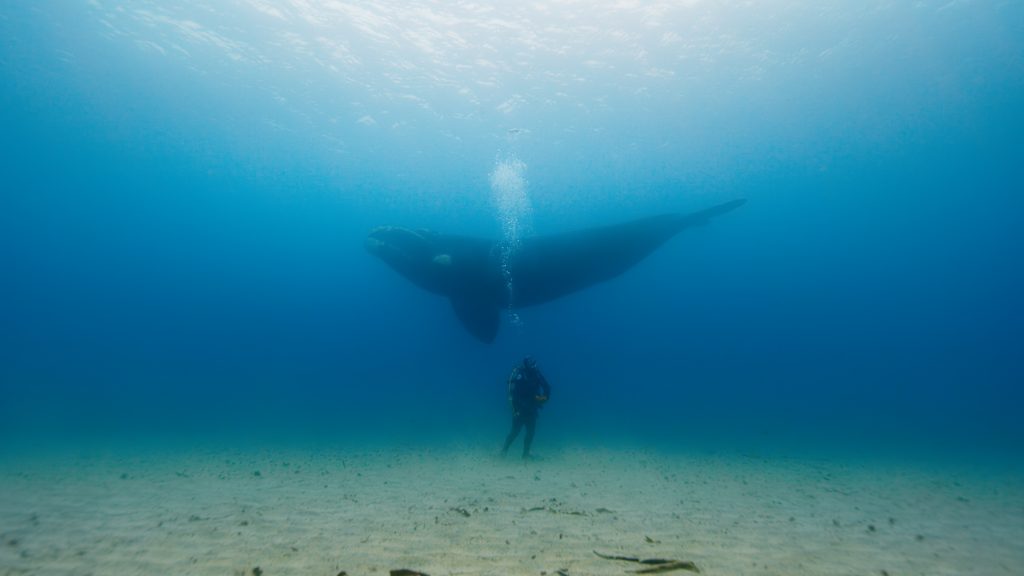
SM: What do you hope audiences will take out of the film?
JK: What I really love is the idea that audiences will come and enjoy the film. I want them to feel happy, inspired and awestruck but also hopeful and uplifted. I also want them to maybe take away that thought that actually what happens here in Antarctica is really critical for all of us and it’s worth fighting for.
Watch BBC Earth’s latest documentary Antarctica 3D, narrated by Benedict Cumberbatch, exclusively at the Science Museum’s new IMAX: The Ronson Theatre from Wednesday 9 December. Book your tickets now.
